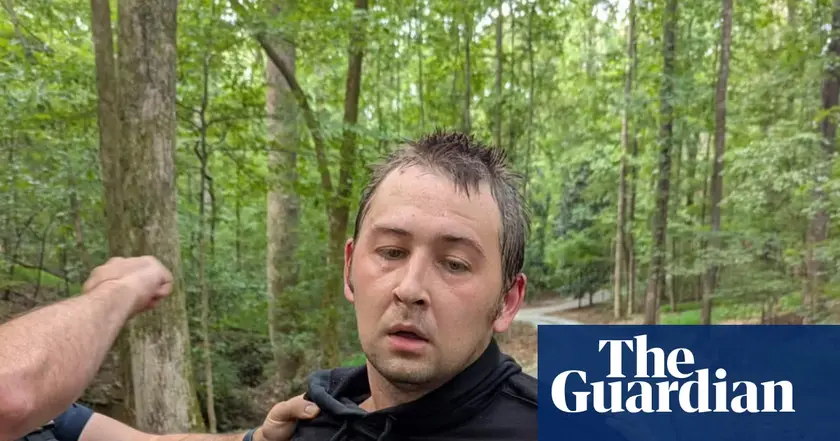T4K3.news
Montana mass shooting suspect captured
Michael Paul Brown was captured seven days after the Owl Bar shooting in Anaconda, killing four people.
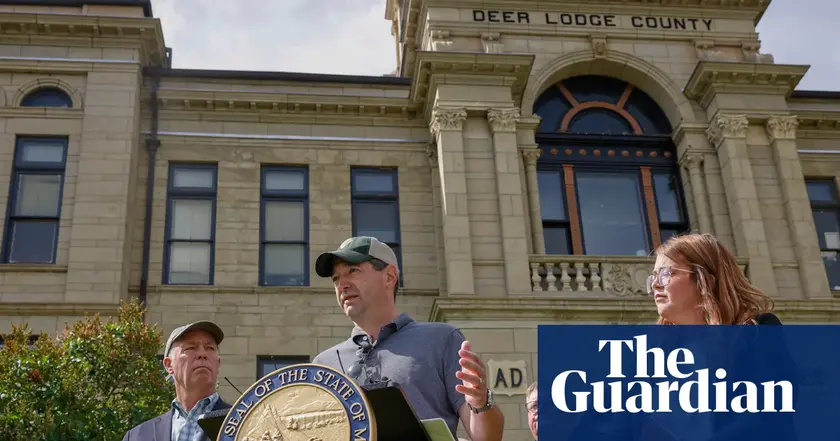
Michael Paul Brown, 45, was captured seven days after the Owl Bar shooting in Anaconda that left four dead.
Montana mass shooting suspect captured after weeklong manhunt
Authorities captured Michael Paul Brown, 45, seven days after the August 1 shooting at The Owl Bar in Anaconda, about 100 miles from Missoula. Four people were killed and a neighborhood lockdown was ordered as officers searched the town. Governor Greg Gianforte confirmed Brown’s arrest on Friday and credited a broad law enforcement effort across Montana. Brown lived next door to the bar and has a military background, serving in the Army from 2001 to 2005 and later in the Montana National Guard.
The victims were Daniel Edwin Ballie, 59; Nancy Lauretta Kelly, 64; David Allen Leach, 70; and Tony Wayne Palm, 74, all residents of Anaconda. Kelly was a bartender; the others were patrons. Officials have not released a motive for the shooting. Brown’s niece told the AP that he has struggled with mental illness for years, and members of his family had sought help in the past. Investigators have not disclosed what sparked the violence, and they say Brown’s arrest closes a week of searching while the investigation continues to unfold.
Key Takeaways
"May God continue to be with the families of the four victims still grieving their loss."
Governor Greg Gianforte on the capture and its impact on families
"I am proud of the unrelenting law enforcement effort this week to find and arrest Michael Paul Brown."
Montana Attorney General Austin Knudsen on the arrest
"The support we’ve seen for the community of Anaconda from across the state and the nation has also been remarkable."
Montana Attorney General Austin Knudsen on community support
This incident highlights how a tragedy in a small town tests more than police means. The capture ends a tense week and shows the power of interagency cooperation, but it also leaves questions about how communities handle mental health care and crisis intervention. Officials frame the response as a sign of state unity, yet the absence of a disclosed motive leaves room for speculation about underlying factors. In the hours after such events, public dialogue can veer toward policy debates—funding for mental health services, gun safety measures, and resource allocation for rural towns. The focus on the suspect’s background risks shifting attention away from the victims and the family and community trauma that follow.
Highlights
- May God continue to be with the families of the four victims still grieving their loss.
- I am proud of the unrelenting law enforcement effort this week to find and arrest Michael Paul Brown.
- The support weve seen for the community of Anaconda from across the state and the nation has also been remarkable.
Public safety and mental health in the aftermath
The shooting underscores vulnerabilities in small-town safety, raises questions about mental health resources, and could trigger political or budgetary responses at state or local levels. Public reaction may shape policy debates as officials balance memory of the victims with next-step prevention.
As Anaconda mourns, the town faces a path from grief to healing and a sober look at what support is needed next.
Enjoyed this? Let your friends know!
Related News
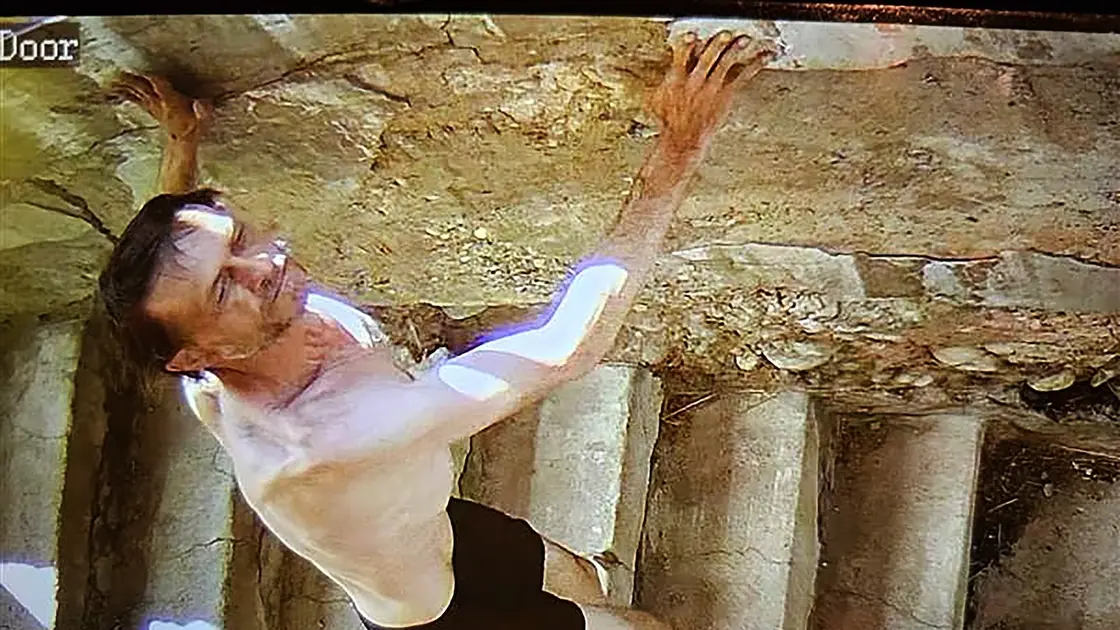
Montana bar shooting suspect captured after weeklong manhunt
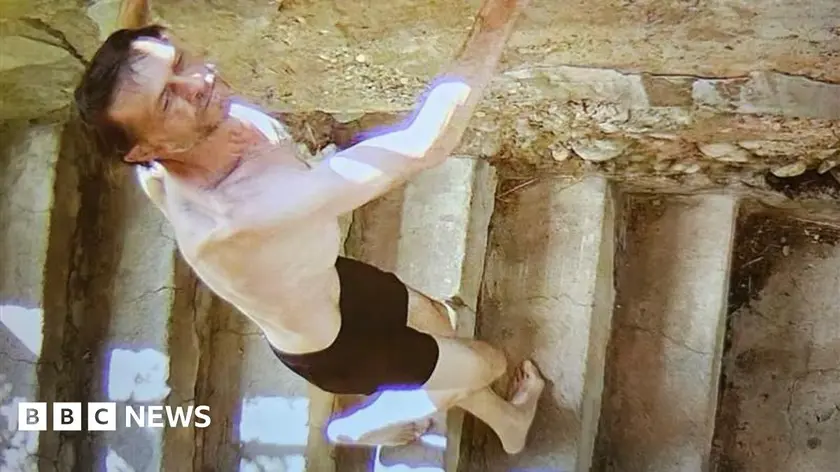
Manhunt intensifies in Montana bar shooting case
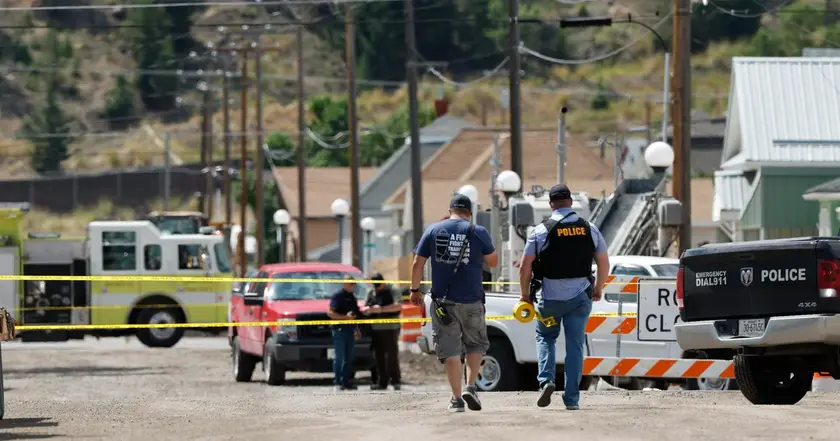
Montana shooting suspect captured
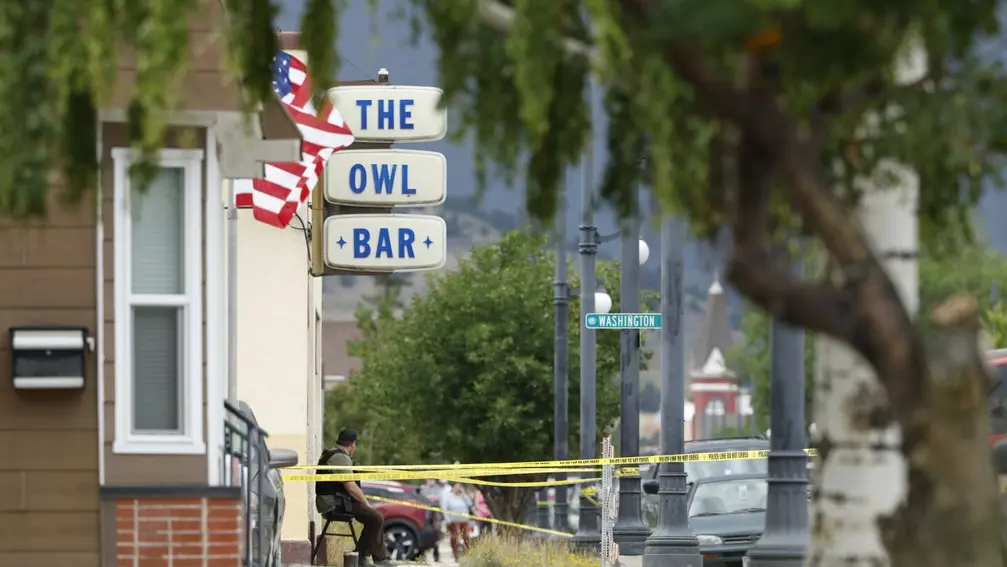
Update from Montana authorities on the Anaconda shooting
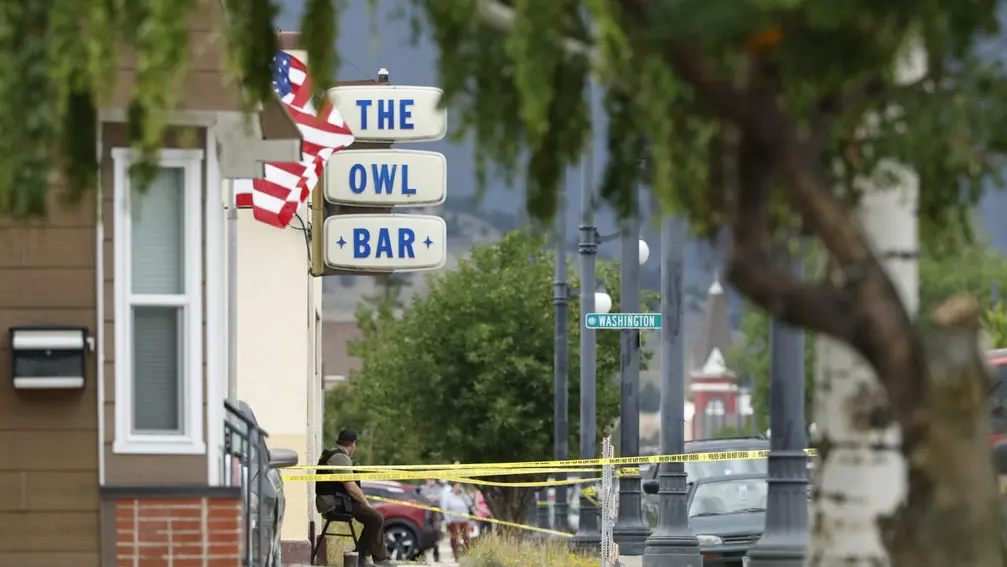
Search for Montana bar shooting suspect enters fourth day
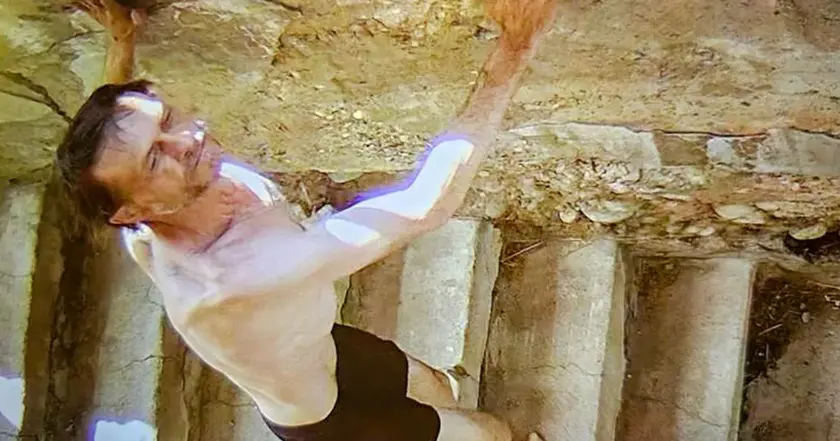
Montana authorities search for suspect in bar shooting

Manhunt continues for suspect Michael Paul Brown
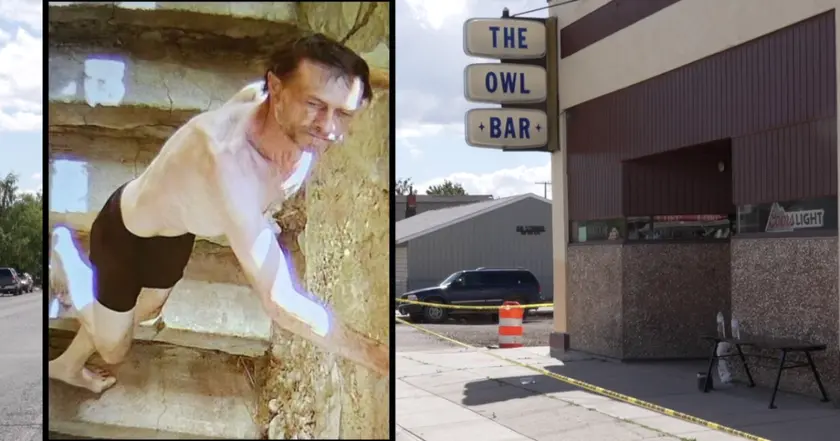
Continued search for suspect in Anaconda mass shooting
